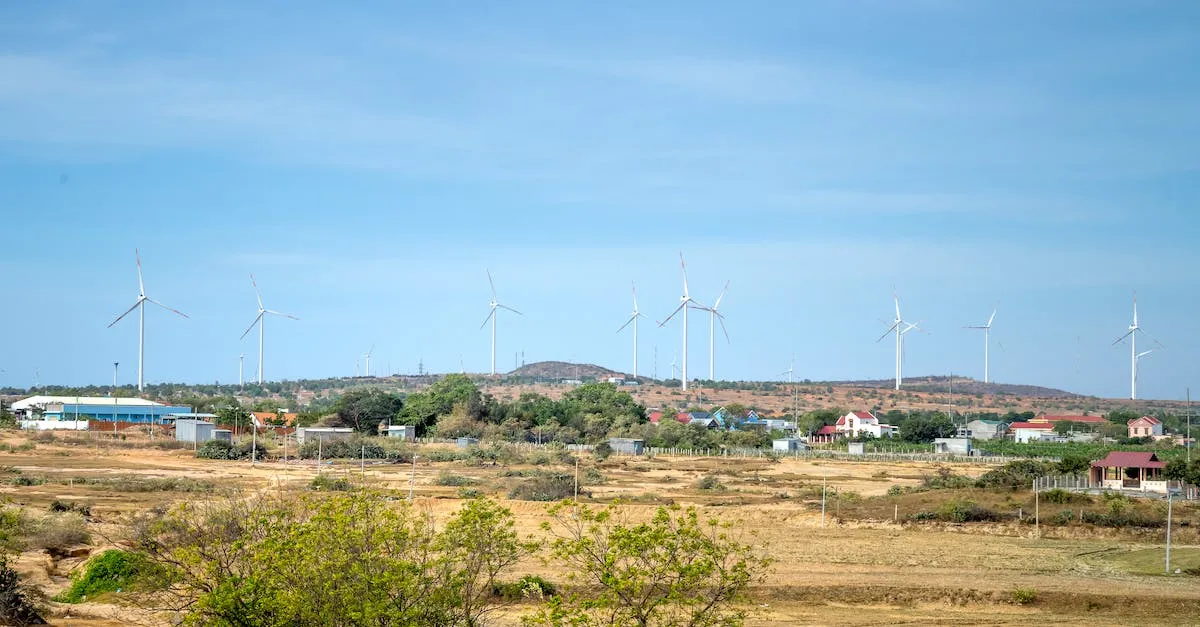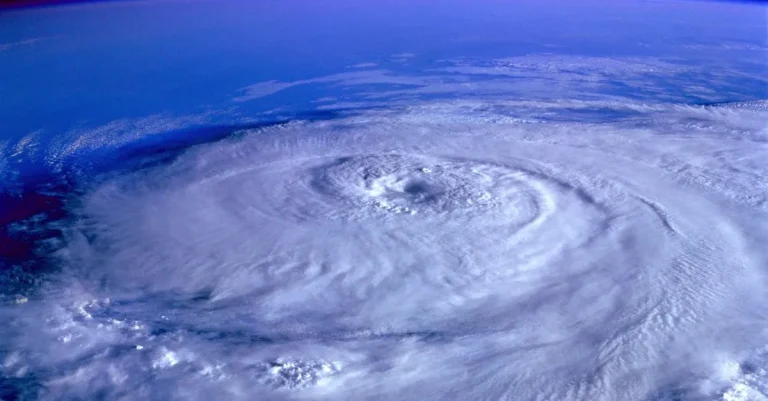Environmental Engineering Vs Environmental Science: A Detailed Comparison
Deciding between environmental engineering and environmental science degree programs can be challenging. Both fields allow you to make an impact by solving today’s environmental challenges, but they take different approaches.
If you’re short on time, here’s a quick answer to your question: Environmental engineering focuses on designing solutions to environmental problems through engineering, while environmental science studies the natural environment and human impacts on it through scientific methods.
In this comprehensive 3000 word guide, we will compare environmental engineering and environmental science across various factors to help you determine which path is the best fit for your interests and career aspirations.
Educational Requirements
Environmental Engineering Degree
To become an environmental engineer, a minimum of a bachelor’s degree in environmental engineering or a related field is typically required. Some universities also offer master’s and doctoral programs in environmental engineering for those who wish to further specialize in the field.
The coursework for an environmental engineering degree typically includes a combination of engineering principles, environmental science, biology, chemistry, and mathematics.
Students pursuing a degree in environmental engineering may take courses such as environmental chemistry, water and wastewater treatment, air pollution control, solid waste management, and environmental impact assessment.
These courses provide students with a strong foundation in understanding and solving environmental problems through engineering approaches.
It is also important for environmental engineers to gain practical experience through internships or co-op programs. These opportunities allow students to apply their knowledge in real-world settings and gain hands-on experience working on environmental projects.
Environmental Science Degree
An environmental science degree typically requires a minimum of a bachelor’s degree in environmental science or a related field, such as biology, chemistry, or geology. Some universities also offer master’s and doctoral programs in environmental science for those who wish to pursue advanced research or teaching positions.
The coursework for an environmental science degree covers a wide range of disciplines, including biology, chemistry, geology, ecology, and environmental policy. Students learn about the interactions between living organisms and their environment, as well as the impact of human activities on the natural world.
Students pursuing a degree in environmental science may take courses such as ecology, environmental chemistry, environmental policy and management, environmental impact assessment, and climate change.
These courses provide students with a comprehensive understanding of environmental issues and the tools to assess and mitigate environmental problems.
In addition to classroom learning, fieldwork and laboratory research are integral components of an environmental science degree. Students may conduct experiments, collect and analyze data, and participate in field trips to study ecosystems, monitor pollution levels, or assess the impact of human activities on the environment.
It’s worth noting that the specific requirements for both environmental engineering and environmental science degrees may vary depending on the university and program. Prospective students should research and consult with academic advisors to understand the specific educational requirements for their desired degree.
Job Duties and Day-to-Day Work
Environmental Engineering Jobs
Environmental engineers are responsible for designing and implementing strategies to address environmental issues. They work to develop solutions that minimize the impact of human activities on the environment and ensure compliance with environmental regulations.
Some of the key job duties of environmental engineers include:
- Conducting environmental assessments and impact studies
- Designing and implementing pollution control systems
- Developing and implementing environmental management plans
- Collaborating with other professionals, such as scientists and policymakers, to develop sustainable solutions
- Monitoring and evaluating the effectiveness of environmental programs
On a day-to-day basis, environmental engineers may spend their time collecting and analyzing data, conducting site visits, and meeting with clients or stakeholders. They may also be involved in research projects to develop new technologies or strategies for environmental protection.
Environmental Science Jobs
Environmental scientists study the natural environment and how it is impacted by human activities. Their work focuses on understanding the complex interactions between ecosystems, pollutants, and human behavior. Some of the key job duties of environmental scientists include:
- Collecting and analyzing environmental data, such as air and water quality samples
- Conducting field research to assess the impact of human activities on ecosystems
- Developing and implementing plans to mitigate environmental risks
- Providing expertise and guidance to policymakers and organizations
- Educating the public about environmental issues and promoting sustainable practices
On a day-to-day basis, environmental scientists may spend their time conducting fieldwork, analyzing data in a laboratory setting, or writing reports. They may also collaborate with other scientists and professionals to develop research projects and contribute to the scientific understanding of environmental issues.
It’s important to note that while both environmental engineering and environmental science focus on protecting the environment, the job duties and day-to-day work can vary. Environmental engineering is more focused on designing and implementing solutions, while environmental science is more focused on research and analysis.
Both fields play a crucial role in addressing environmental challenges and working towards a sustainable future.
Career Advancement Prospects
Environmental Engineering Career Growth
Environmental engineering offers excellent career advancement prospects for professionals in the field. With increasing global concerns about environmental sustainability, the demand for environmental engineers is on the rise.
According to the Bureau of Labor Statistics, the employment of environmental engineers is projected to grow by X% between 2020 and 2030, much faster than the average for all occupations.
Environmental engineers can expect to work in various sectors such as government agencies, consulting firms, research institutions, and private companies. As they gain experience and expertise, they can take on more challenging roles and responsibilities, leading to higher positions in management or specialized areas such as water resource management, air quality control, or waste management.
Furthermore, environmental engineers have opportunities for career growth through continuing education and professional certifications. By staying updated with the latest advancements in technology and regulations, they can enhance their skills and increase their market value, opening doors to higher-paying positions and more prestigious projects.
Environmental Science Career Growth
Career growth in environmental science is also promising, although it may differ from that of environmental engineering. Environmental scientists are involved in research, data analysis, and policy development related to environmental issues.
They often work in government agencies, non-profit organizations, research institutions, and consulting firms.
As environmental issues become more prominent, the demand for environmental scientists is expected to increase. The Bureau of Labor Statistics predicts a X% growth in employment for environmental scientists between 2020 and 2030.
However, it’s important to note that the competition for entry-level positions in this field can be quite high.
Environmental scientists can advance their careers through specialization in a specific area of environmental science, such as ecology, climatology, or environmental policy. They can also pursue advanced degrees, such as a Master’s or Ph.D., to qualify for higher-level research positions or teaching roles in academia.
Continuing education, professional certifications, and networking within the environmental science community are other avenues for career advancement. By staying informed about the latest research and developments in the field, environmental scientists can position themselves for opportunities for growth and advancement.
Salary Prospects
Environmental Engineering Salaries
Environmental engineering is a lucrative field with promising salary prospects. According to the Bureau of Labor Statistics, the median annual wage for environmental engineers was $88,860 as of May 2020.
However, it’s important to note that salaries can vary depending on factors such as level of experience, location, and industry.
Experienced environmental engineers with advanced degrees and specialized expertise can earn even higher salaries. Those working in industries such as oil and gas extraction, scientific research and development services, and consulting services tend to earn higher salaries compared to those in government or nonprofit organizations.
It’s worth mentioning that the demand for environmental engineers is expected to grow in the coming years due to the increasing need for sustainable solutions and environmental regulations. This, in turn, may drive up the salaries in the field.
Environmental Science Salaries
While the salaries in environmental science may not be as high as those in environmental engineering, the field still offers decent earning potential. The median annual wage for environmental scientists was $73,230 as of May 2020, according to the Bureau of Labor Statistics.
Environmental scientists who work for the federal government tend to earn higher salaries compared to those employed in state or local governments. Additionally, those working in research and development services, consulting services, and management, scientific, and technical consulting services also have the potential to earn higher salaries.
It’s important to note that salary prospects in environmental science can vary depending on the specific job role and level of experience. For example, environmental scientists specializing in fields such as air quality, water resources, or hazardous waste management may have different earning potentials.
For more detailed and up-to-date information on environmental engineering and environmental science salaries, you can visit websites such as the Bureau of Labor Statistics (www.bls.gov) or professional associations like the American Society of Civil Engineers (www.asce.org) and the Ecological Society of America (www.esa.org).
Work Settings
Where Environmental Engineers Work
Environmental engineers work in a variety of settings, both indoors and outdoors. They can be found in government agencies, consulting firms, research institutions, and private companies. These professionals often spend a significant amount of time in the field, collecting data and conducting tests to assess environmental conditions.
They may also work in laboratories, analyzing samples and developing innovative solutions to environmental problems.
One common work setting for environmental engineers is at wastewater treatment plants. They are responsible for designing and implementing systems that treat and manage wastewater to ensure its safe disposal or reuse.
Environmental engineers are also involved in the construction and operation of landfills, where they develop strategies to minimize the impact of waste on the environment.
Additionally, environmental engineers can be found working on large-scale construction projects, such as the development of renewable energy facilities or the construction of sustainable infrastructure.
They play a crucial role in ensuring that these projects are designed and implemented in an environmentally responsible manner.
Where Environmental Scientists Work
Environmental scientists work in a wide range of settings, including government agencies, non-profit organizations, research institutions, and educational institutions. They are often involved in conducting research, collecting and analyzing data, and communicating their findings to stakeholders.
One common work setting for environmental scientists is in the field, where they conduct studies and gather data on various environmental factors. They may spend time in forests, wetlands, or other natural ecosystems, studying the impact of human activities on biodiversity and ecosystem health.
Environmental scientists also work in laboratories, where they analyze samples and conduct experiments to better understand environmental processes.
Environmental scientists are also involved in policy development and advocacy. They may work with government agencies to develop regulations and guidelines aimed at protecting the environment. Additionally, they may collaborate with non-profit organizations to raise awareness about environmental issues and promote sustainable practices.
It’s important to note that while there are distinct differences in the work settings of environmental engineers and environmental scientists, there are also areas of overlap. Both professionals may collaborate on projects that require a multidisciplinary approach to address complex environmental challenges.
Conclusion
In summary, both environmental engineering and environmental science offer meaningful ways to help protect people and the planet. Environmental engineering revolves around designing infrastructure solutions, while environmental science focuses on research and analysis.
Assess your own interests in hands-on engineering projects versus scientific study when choosing between these two paths. Both fields play important complementary roles in sustainability efforts and offer good job prospects and salaries.







